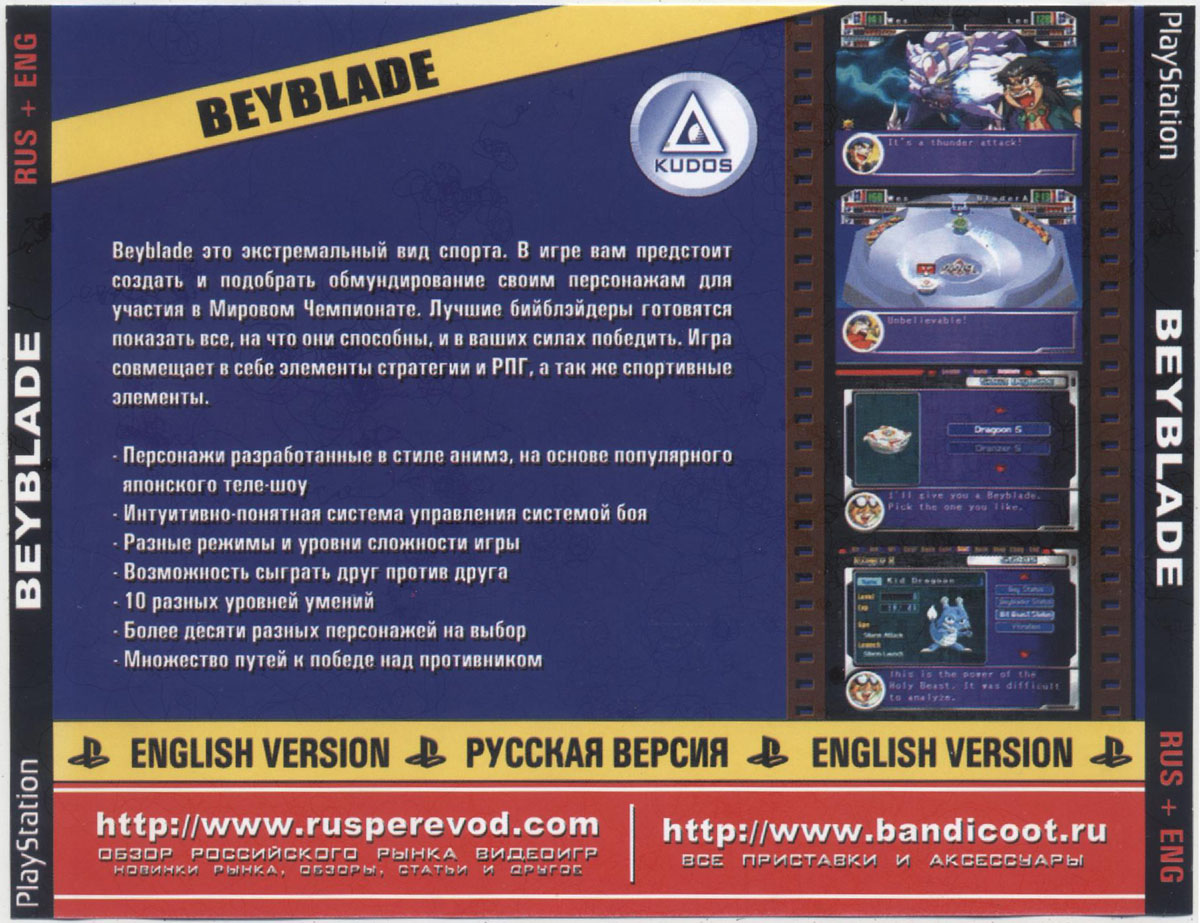

If health impacts of fine particles (PM 2.5) from diesel combustion are well documented (Gangwar et al., 2012), those from biomass combustion need substantial information and improvements. Among these energies, biomass production and utilization is growing considerably since it offers the possibility to provide partial substitution of fossil fuels. Renewable energies are destined to play a very important role in the future world energy balance. In order to approach Beer-Lambert law, the linear correlations of fluorescence and chemical content in this paper consider fluorophores as carbonaceous content of dust like residual carbon, WSOC, HULIS and. Fluorescence microscopy allows to obtain the fluorescence emission within relatively cheap and fast method this propriety of particles could lead to characterize some chemical content of dust. SEM can also be coupled with EDS spectra in order to have information on atomic composition of fine particles, nevertheless, it is also a cost-effective and time-consuming method and no information about carbonaceous molecules is obtained. SEM observations enabled to have very good morphological information about PM2.5. Also, in order to remove aggregation during impaction, particles have been recovered from impactor plate, re-suspended in isopropanol, mixed using sonication method, quickly dried, and observed. This agglomeration is hard to break as shown in the images from re-suspension ( Fig. Even after only 20 seconds of impaction and not directly close to impaction spots, the particles tend to agglomerate. They were made on PM 2.5-1 and PM 1-0.4 during miscanthus combustion at laboratory scale.
#IMG BURN 2.5.1 SERIES#
series of SEM observations (FEI model Quanta 400) were made directly onto glass coverslips placed onto the DGI impactor plates following methods introduced in previous studies with other impactors ( Coudray et al., 2008). ImgBurn is designed to work perfectly straight out of the box, advanced users will appreciate just how configurable it is.Data captured during the burn (write speed, buffer levels, etc.) can be displayed/analyzed using DVDInfoPro.

The Automatic Write Speed feature allows you to store your favorite burn speed settings on a per 'Media ID' basis, right down to a drive-by drive level. There is an image queue system for when you're burning several images (which you can automatically share between multiple drives if you have more than one) and an easy-to-use layer break selection screen for double layer DVD Video jobs.It's a very flexible application with several advanced features that are often lacking in other tools, especially when it comes to burning DVD Video discs.



 0 kommentar(er)
0 kommentar(er)
